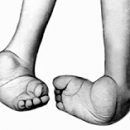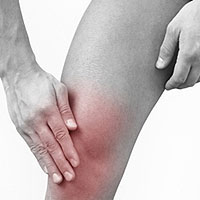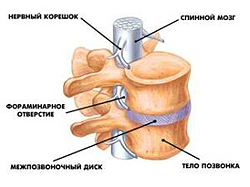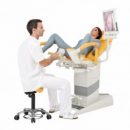There are many reasons that can lead to diseases of the joints, but osteoporosis is the most common lesion. Endoprosthetics is an operation to replace damaged joints on artificial endoprosthesis.
Content
Causes of diseases of the joints
There are many reasons that can lead to diseases of the joints. The most common cause is the pathological destruction of the cartilaginous tissue of the joint (osteoarthritis), with the transition to osteoarthritis. In medical circles to determine the osteoarthrosis of the hip joint used the term «Coxarthrosis», Knee Sustava - «Gonarthrosis».
Doctor needs to find out whether this disease is primary (ideopotic), the reason for which is not yet known, or the secondary, resulting in such known diseases, as rheumatism and circulatory disorders of metabolic disorders in the body or injury.
Congenital deformations of joints and predisposing conditions, as well as damage to the joints are further reasons leading to the destruction of bone and cartilage tissue. Walking pain, progressive reduction in distance, which can be passed without pain and, in the end, the lack of relief even at the moments of rest with a noticeable restriction of movements in the affected joint.
These symptoms feel patients suffering from joint diseases. Pathological changes can be detected, as a rule, with x-ray examination. Layer of cartilage fabric, covering the surface of the joint, is not visible on the radiograph. However, an experienced doctor can make an opinion on the state of cartilage tissue on the basis of an analysis of the surrounding bone structures.
When all types of conservative treatment (such as: physiotherapy, the use of corsets, special baths, analgesics and anti-inflammatory drugs) become ineffective, implantation of artificial joints, also called total endoprosthetics of the joint, will ensure complete restoration of freedom of movements and will save you from pain.
Concept of endoprosthetics
In principle, total endoprosthetics is the replacement of damaged joints on artificial endoprosthesis. Total endoprosthetics - one of the main achievements of this century. Many decades ago, a relatively simple design of the hip joint inspired doctors and medical facilities to create an artificial copy. Over time, research and improvement of the technique of operation and materials used led to huge achievements in the field of total endoprosthesis of joints.
The design of endoprostheses, ideally repeats human anatomy. For example, the endoprostheses of the hip joint consists of two main parts - cups and legs. The spherical head is located on the leg and is inserted into the cup of endoprosthesis.
Materials used for artificial joint are special alloys of metals, superproof polyethylene and ceramics designed specifically for endoprosthetics. They provide excellent tissue compatibility, absolutely painless movement, maximum strength and durability of the endoprosthesis. Usually, endoprosthesis surfaces in contact with each other include a ceramic or metal head installed in a polyethylene cup. They can also be completely metallic or completely ceramic.
Types of fixation of endoprosthenes
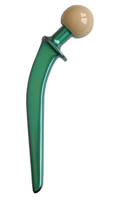 Mostly three types of fixation of endoprostheses:
Mostly three types of fixation of endoprostheses:
- Endoprosthesis with beware fixation
- Endoprosthesis with cement fixation
- Hybrid (combined) endoprosthesis
Endoprosthesis with a cemental fixation, in which the cup, and the leg of the endoprosthesis is fixed in the bone without using bone cement. Long fixation is achieved by germinating the surrounding bone tissue into the surface of the endoprosthesis.
Endoprosthesis with cement fixation, at which the cup, and the leg is fixed using a special bone cement.
Hybrid (combined) endoprosthesis, in which a cup with a cemental fixation, and a leg with cement fixation (t.E. Fixed into the bones using a special bone cement.)
There is a very wide range of models for all types of endoprostheses produced in the required range of sizes. The choice of the necessary type of endoprosthesis is determined by physiological features, medical testimony, as well as age, weighing and degree of physical activity of the patient. The correctness of the choice is to a large extent contribute to the success of the operation.
The orthopedist surgeon will hold a preoperative planning at which the required size will be determined, the model of the endoprosthesis and the location of its parts. However, during the operation, it should be able to establish an endoprosthesis of a different size, making changes to the original plan (it depends on the individual characteristics of the patient, the structure and density of the bone substance, the specific conditions and tasks of the operation.)


